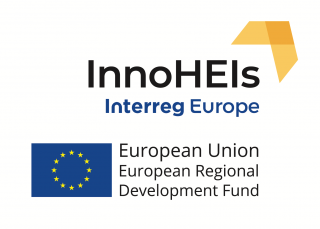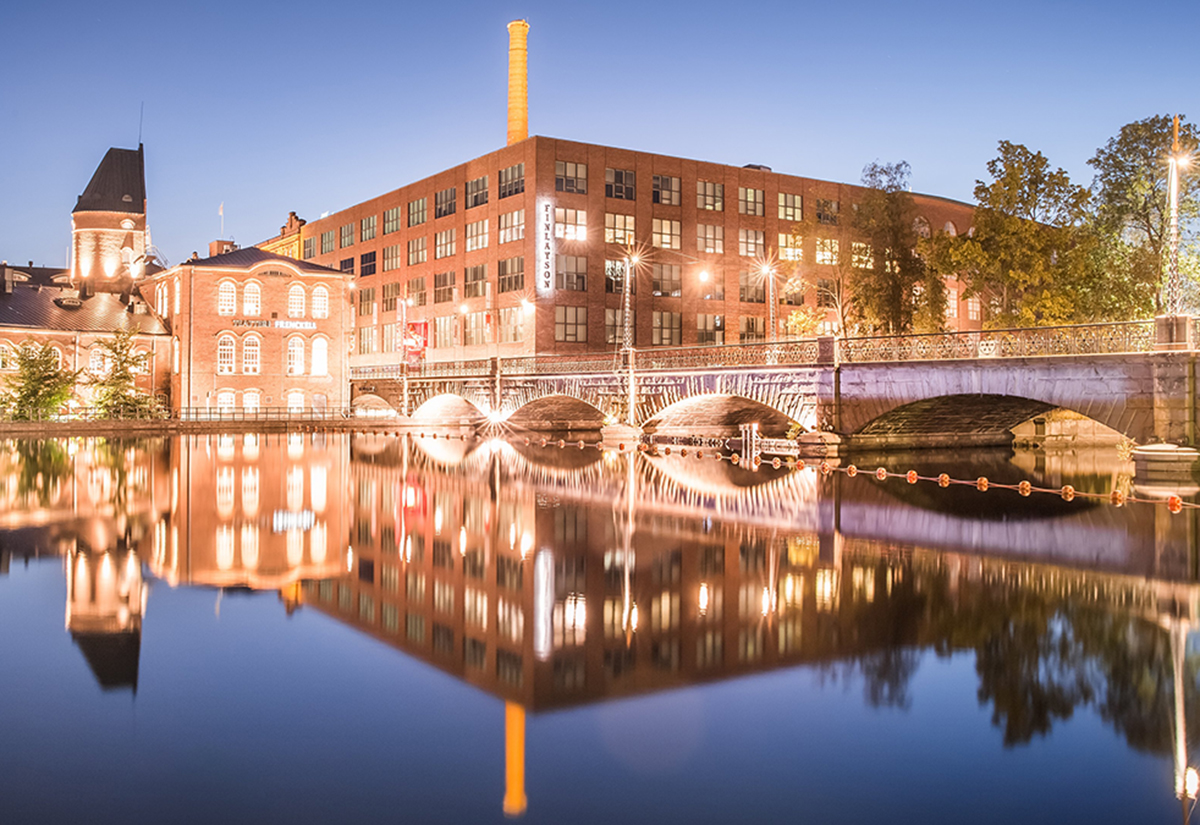The representatives of event host organisations, Vice President Kirsi Viskari from Tampere University of Applied Sciences (TAMK) and Deputy Region Mayor Päivi Myllykangas from Council of Tampere Region, wished all participants welcome online.
InnoHEIs Project Leader, Rima R. Dijkstra from Hanze University of Applied Sciences, invited all participants to discuss on how to enhance the contribution of higher education institutions (HEIs) in promoting regions interest and awareness of RDI infrastructure, and how to enhance our regional innovation systems to better serve local needs.
Higher education institutions renew and reform society
In her presentation about impact of higher education institutions’ RDI activities, Kirsi Viskari, TAMK’s Vice President, presented HEIs as impact creators. “Defining impact is complex, and the uncertainty relating to impact comes from the complexity”, she said.
“We usually think about from inside out; we are doing things in RDI projects and then measuring what we have done. But we should think more from outside in and focus on the outside perspective. Often we are in love with our own processes, but the external society is mainly interested in the results we provide. We are creating outcome as graduates, new knowledge, skills and business. We should focus on how our students use their skills we provide them when they enter the worklife. That’s the impact”, she emphasized.
“Society is like a platform and universities are supporting this platform. As higher education institutions we should have a proactive approach to renew and reform society. We should build in more agility in our organisations, promote culture which allows trial and error, accept and learn from the mistakes. We should also be open in our decision-making, communications, research work and education with our students, partners, society and companies.”
Towards impact via interaction – people create the societal impact
Viskari underlined that interaction with other stakeholders is crucial. The innovations happen when different disciplines meet.
“We are creating the impact together with others. To interact we should use various communication channels, stories that create more powerful understanding. And we should always focus on people; who are we doing things for? How can we reach them? How can we learn together with people and strive the process of engaging them?”
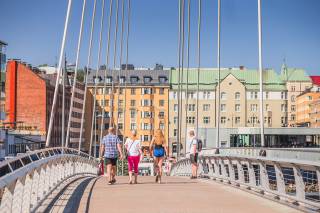
The topic gave a lively discussion.
“Naturally, the main problem in measuring impact is the causality problem, it is not clear at all which impact can be attributed to which cause. And when we are discussing societal impact, this is really difficult. Kirsi’s presentation made me also to wonder when the impact measurement should be done. If too early, this will emphasize research and education yielding only short-term benefits and hence ignoring potential long-term impacts that can be more valuable”, said Pauli Kuosmanen, Director of Innovation Services and Partnerships from Tampere University.
Development Manager Hanna-Greta Puurtinen from TAMK’s R&D Innovation Services reminded that the longer perspective we take, the even more complicated it gets to assess the causalities. “However, being difficult shouldn’t keep us from doing it”, she concluded.
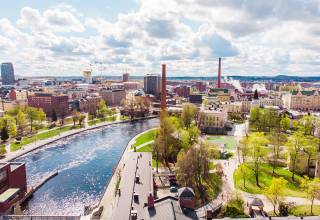
Regional and national levels are vital in enhancing RDI activities
Policymakers both on regional and national level play a vital role in enhancing RDI activities.
Council of Tampere Region is a catalyst, an implementor and a financier on regional level. The council stands in the forefront of fostering ecosystem building within the region. Päivi Myllykangas from Council of Tampere Region emphasized the importance of regional research and innovation policies and encouraging sustainable collaboration between research, business and industry.
“The challenges are often broad and wide. The direction we are heading is mission-oriented innovation policy rather than focusing in particular sectors. When focusing on problem specific solutions we need people to act together”, she said.
“We are perhaps concentrating too much on single point solutions, not system transformation. Instead of solving problems we should shift the system, set direction instead of destination.”
She underlined the importance of interdependence; a collective crisis requests a collective solution. To avoid the impact gap we have to understand the scope of the challenge.
Myllykangas’ colleague, Regional Development Planning Manager Marko Mäkinen presented new regional strategy and smart specialization spearheads.
“We have to find smart ways of doing smart things. We are aiming from goals to mission-based approach, missions that require cooperation, that engage, inspire and guide our different decisions”, he said.
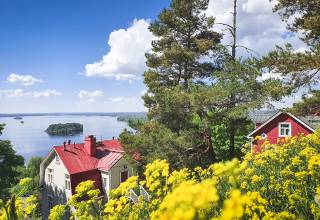
Considerable increase in the intensity of RDI activities on national level
Ministerial adviser Pirjo Kutinlahti from Ministry of Economic Affairs and Employment of Finland presented the national roadmap for research, development and innovation and its key targets.
“In Finland we aim to increase the intensity of RDI activities from the current 2.7 per cent to 4 per cent by 2030”, she said. Kutinlahti also described Finnish RDI partnerships’ funding. “We will link RDI activities to support renewal of the public sector and services”.
Strategic focus areas of the RDI Roadmap are compentences, new partnership model and innovative public sector. According to Kutinlahti, the Finnish Flagship Programme provides a new, unique way of doing RD&I in Finland. Substantial, long-term funding is granted for six large ecosystems, Flagships, each operating in their own field. In addition she told about Finnish funding and services for ecosystems, growth engines and agreements between State and cities to speed up innovation ecosystems.
Elina Hykkönen, Manager, Regional Development, Council of Tampere Region presented ERDF as a Tool for Development in Tampere Region. European Regional Development Fund (ERDF) aims to strengthen economic and social cohesion in the European Union by correcting imbalances between its regions. ”The ERDF focuses its investments on several key priority areas. One of the thematic concentration areas is innovation and research”, she described.
During a virtual roundtrip in each region participants shared their thoughts and feelings of the morning session.

The key role of universities and HEIs
Director Anu Juslin from Tampere University Research Services introduced strategic research and innovation infrastructures in Tampere University Community.
“The University community in Tampere has an environment for high-quality research infrastructure. We facilitate research, promote research collaboration, reinforce capacity and improve skills and competencies for various private and public sector stakeholders. Infrastructures as seen as a service which make their usage easily and openly accessible and provide customer-friendly services for all those interested”, Juslin said.
According to Juslin roles and models need to be developed and agreed. She emphasized that openness is crucial for the future development.
In his presentation, Pauli Kuosmanen, Director, Innovation Services and Partnerships from Tampere University described University-Industry collaboration and its’ challenges and prospects.
Food for thought
The second day started with a company presentation. Managing Director Markus Hohenthal from Lentola Logistics gave an inspiring and valuable insight of a startup company.
A lot has been done in Tampere region in respect of co-innovating with companies and stakeholders. Harri Nieminen, Co-Creation Manager from research company VTT, presented how a new initiative, Sustainable Industry X, is supercharging Finland’s industry performance through innovation and knowledge.
During the past years many lessons have been learned in Tampere region business environment. Senior Business Advisor Heini Wallander from Business Tampere shared her experiences about the cooperation within intelligent machines and automation sector of the region.
Tampere University of Applied Sciences has many development and innovation testbeds. Those were presented by Hannu Kivilinna, Director, School of Industrial Engineering, TAMK’s School of Industrial Engineering.
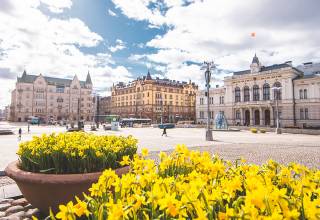
Brainstorming resulted new ideas
During the two days several brainstorming and teamwork exercises raised a lot a discussion and new ideas. Among others, the participants discussed how has Covid-19 changed the innovation and infrastructure situation, the setup of partners and the way we work in infras.
The importance of tightening collaboration between infrastructure players was underlined, and why is it worth for project people to cooperate on international level with infrastructure players. How to transfer towards joint operation model? How do we concretely connect our operation models to existing infras within different regions? How do we make infras visible?
In the afternoon of the second day Timo Rainio, TAMK’s Senior Lecturer of Industrial Engineering, told about the various ways Tampere University of Applied Sciences is supporting SME’s in the region. His colleague Petri Pohjola led the participants to a virtual tour in TAMK’s various RDI environments.
Marja-Riitta Mattila-Nurmi, Manager, Innovation and Foresight, Council of Tampere Region, summarized the two days. In her closing words Rima R. Dijkstra thanked the hosts and the participants for the active discussion and fruitful new ideas.
More information:
Hanna-Greta Puurtinen
Development Manager, RDI Services
Tampere University of Applied Sciences
hanna-greta.puurtinen@tuni.fi
Text: Hanna Ylli
All photos: Visit Tampere, Laura Vanzo


